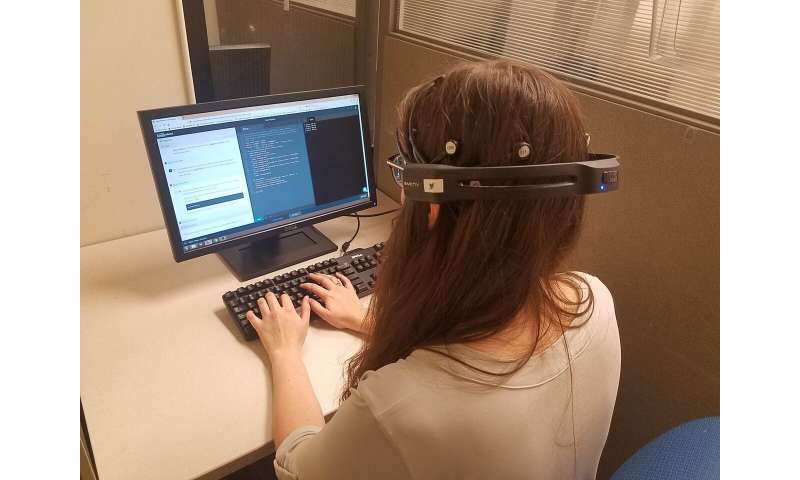Coding and L2 Learning – New research from the University of Washington finds that a natural aptitude for learning languages is a stronger predictor of learning to program than basic math knowledge, or numeracy.

That’s because writing code also involves learning a second language, an ability to learn that language’s vocabulary and grammar, and how they work together to communicate ideas and intentions. Other cognitive functions tied to both areas, such as problem solving and the use of working memory, also play key roles.
Standard methods of teaching an introductory course in computer science, designed to introduce computer programming as a tool for mathematicians and engineers at the university level, are unnecessarily complicated and difficult. They lack a common thread that unifies each unit of material and frequently make use of mathematical notation, technical keywords, and other terms or symbols unfamiliar to the average middle or high school student.
Furthermore, they tend to focus on a single more advanced language, leading students to believe that each programming language is a distinct and separate
entity with a tenuous—at best— link to other languages. Ironically, traditional high school-level computer science classes are often driven by the Advanced Placement (AP) curriculum dictated by the College Board, which establishes a narrow set of benchmarks for evaluating proficiency in computer programming.
According to research done by Allen Tucker, these benchmarks promote memorization over understanding and are of limited practical use to the average student. (Editor’s note: Find this and other Resources on p. 39.) As a result, students view programming as more of a snapshot than a continuum,
failing to see the value in pursuing a higher level of programming and
computer applications proficiency.
Learn more about this topic by reading this article on Phys.
After reading “Coding and L2 Learning” you can check important issues for ESL teachers on the section PDFs, and visit my YouTube channel.
